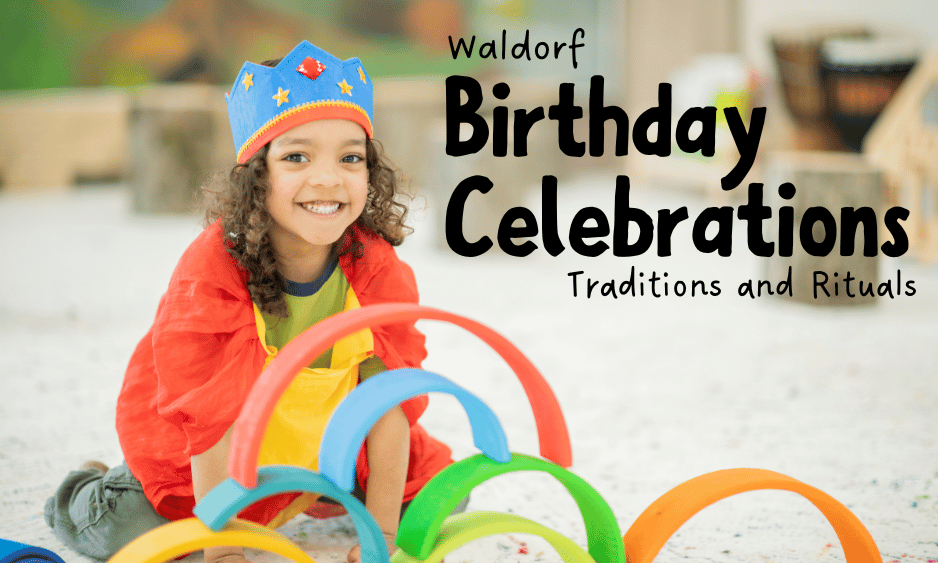|
Birthdays are always cause for celebration, especially in Waldorf education. Traditions and rituals help children to experience the rhythm of the year, and celebrating a birthday honours the child’s place in the family and in the world. Below are some suggestions for bringing meaningful traditions to your child's birthday at home.
0 Comments
Daily Wonder recommends that you take time to conduct a baseline assessment when you begin teaching your child each school year. Then, by observing them in everyday activities, you can track their development and become aware of areas that may need extra attention. Below, you will find specific areas to assess, ways to observe your child, and suggested activities to help strengthen particular areas of need.
|
BlogExplore schedules, rhythms & routines, songs, music, festivals, free play, meals, projects & more to support your homeschooling program.Categories
All
Archives
July 2024
|
You might be wondering... |
Visit us on Teachers Pay Teachers© COPYRIGHT 2020. ALL RIGHTS RESERVED
Serving your worldwide educational needs from Comox Valley, BC, Canada. |


 RSS Feed
RSS Feed